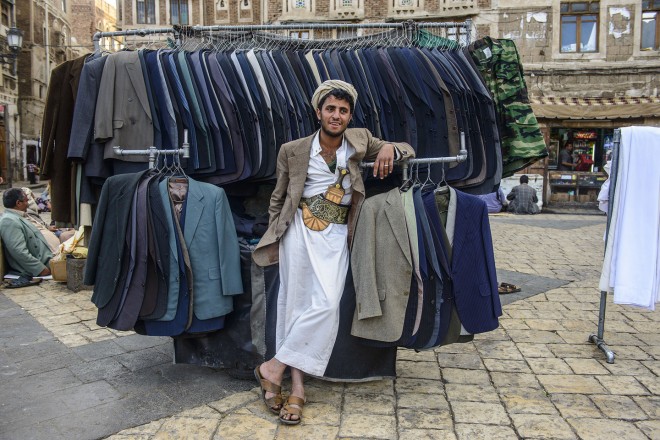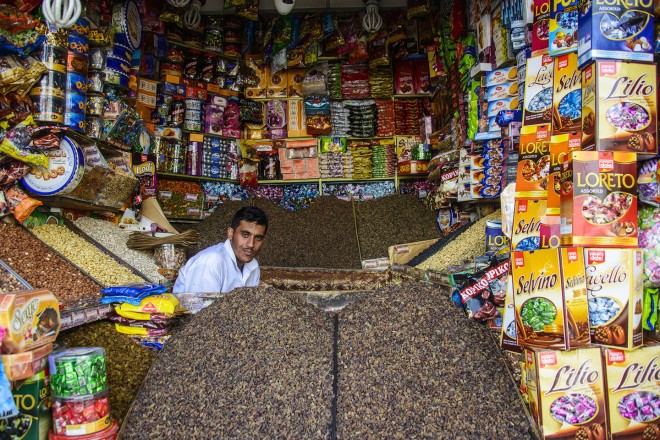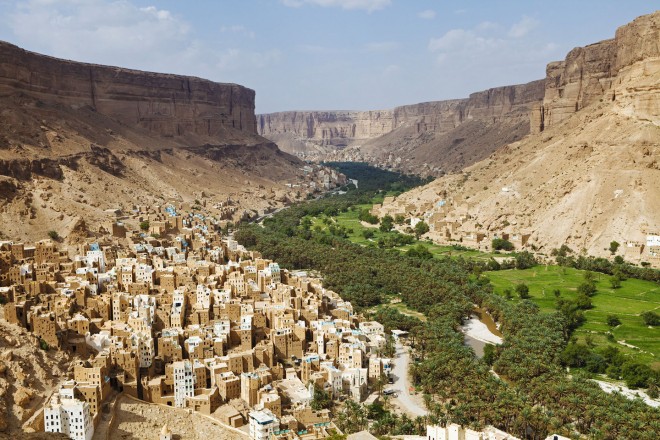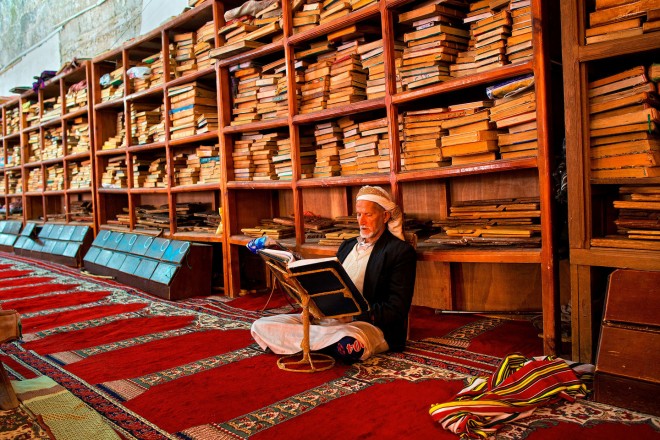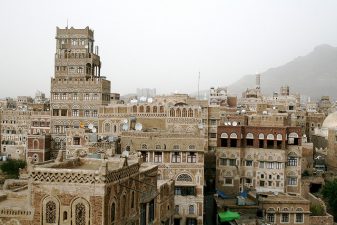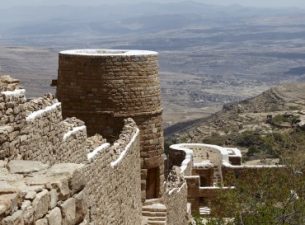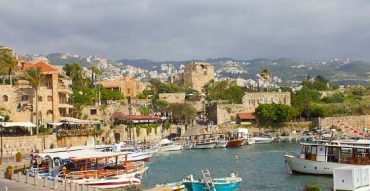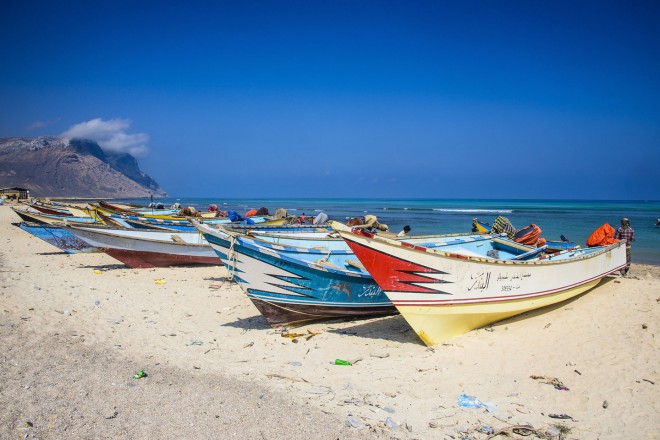 Spectacular images of the Republic of Yemen have captured its vibrant and unique culture, pristine wilderness, and well-preserved antiquities, but don’t get too excited about traveling there soon. International security controls have choked tourist access, so Sanaa joins Damascus, Gaza and Baghdad as another fascinating place I’ll not get to visit despite my relative proximity living here in Jordan. It raises the question, is it the allure of a thing denied that makes us more desirous? Spend a moment to see what you’re missing.
Spectacular images of the Republic of Yemen have captured its vibrant and unique culture, pristine wilderness, and well-preserved antiquities, but don’t get too excited about traveling there soon. International security controls have choked tourist access, so Sanaa joins Damascus, Gaza and Baghdad as another fascinating place I’ll not get to visit despite my relative proximity living here in Jordan. It raises the question, is it the allure of a thing denied that makes us more desirous? Spend a moment to see what you’re missing.
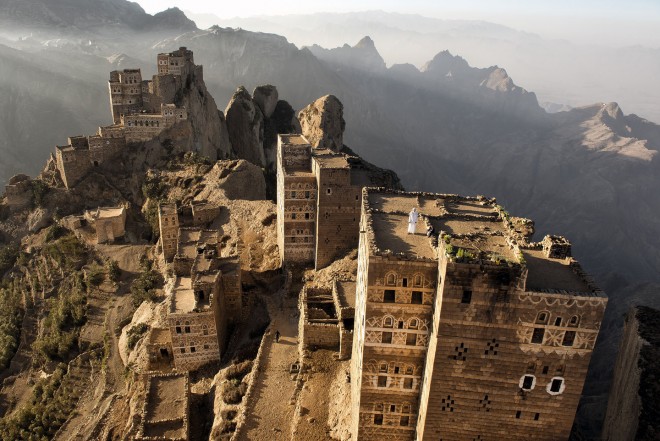 Yemen is the poorest country in the Middle East. Slightly smaller than France in geographic area, it boasts four properties on UNESCO’s World Heritage Sites including the old city of Sanaa (following two images), the historic town of Zabid, the old walled city of Shibam , and the otherworldly Socotra Archipelago. Ten other Yemeni sites await determination on UNESCO’s “tentative list”.
Yemen is the poorest country in the Middle East. Slightly smaller than France in geographic area, it boasts four properties on UNESCO’s World Heritage Sites including the old city of Sanaa (following two images), the historic town of Zabid, the old walled city of Shibam , and the otherworldly Socotra Archipelago. Ten other Yemeni sites await determination on UNESCO’s “tentative list”.
Yemen has been at the crossroads of the Middle East, Africa, and Asia for thousands of years thanks to its place on the ancient spice routes. It’s capital city Sanaa is one of the world’s oldest continually inhabited cities. The country is the only republic on the Arab peninsula, all others are emirates or kingdoms each ruled by a single family.
The country is an unhappy marriage between two distinct states, historically divided as North and South Yemen. North Yemen declared independence from the Ottoman Empire in 1918. The British had set up a protectorate centered on the southern port of Aden in the 19th century, and when they withdrew in 1967, South Yemen emerged.
Following years of civil war, Northern Yemen became a republic in 1970. Two decades later, Southern Yemen agreed to merge with the northern republic but the states soon entered into a new civil war, resulting in thousands of casualties. The two countries were formally unified as the Republic of Yemen in 1990.
Twenty million people call Yemen home; half are under age fifteen. They are predominantly Arab, but native ethnicities also include Afro-Arab, South Asians, and Europeans. Ninety-nine per cent of the population is Muslim, fairly evenly split between Sunni and Shi’a, with small numbers of Christians, Jews and Hindus.
Life is difficult. Unemployment hovers at 30%, with most people employed in agriculture and herding. Less than a quarter of those employed work in white-collar or professional services or in trades. Per capita income hovers around $1000 USD per year. Life expectancy is short: 59 for men and 63 for women. The average Yemeni woman gives birth to 6.75 children.
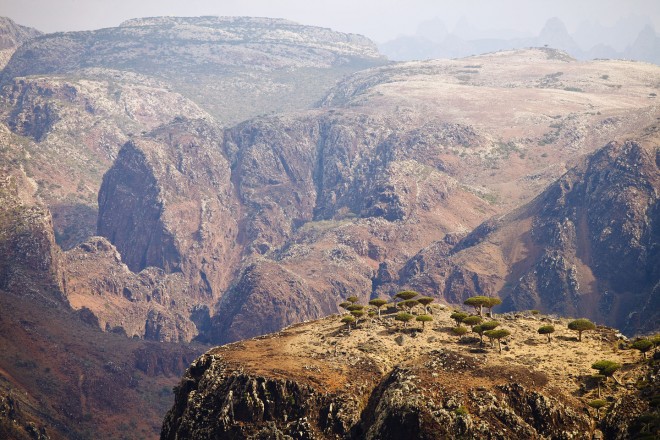
Yemen has several distinct climate regions due to extensively variable topography. It’s high mountain ridges run parallel to its coastline, trapping moisture from winds blowing in from nearby seas. The country has adequate water supplies and is one of the most arable spots on Arabian Peninsula.
It is perhaps most famed for Socotra Island, which boasts its own unique fauna and flora, including the ethereal Dragons Trees – umbrella-like plants that bleed red sap when cut. (See them atop the mountain above.)
Centuries of intensive hunting and agriculture have decreased the natural fauna and vegetation. But Yemen’s natural environment remains fairly robust with about 3,000 plant species, 85 types of mammals, 400 birds and over 100 reptile species. This does not account for Socotra Island’s unique ecosystems.
The Grand Mosque in Sanaa is one of the most important mosques in the Islamic world. Built during the life of the Prophet Mohammad (PBUH) in the 7th century AD, it is the world’s third earliest mosque, preceded only by the Qa’ba Mosque and the Prophet’s Mosque in Medina.
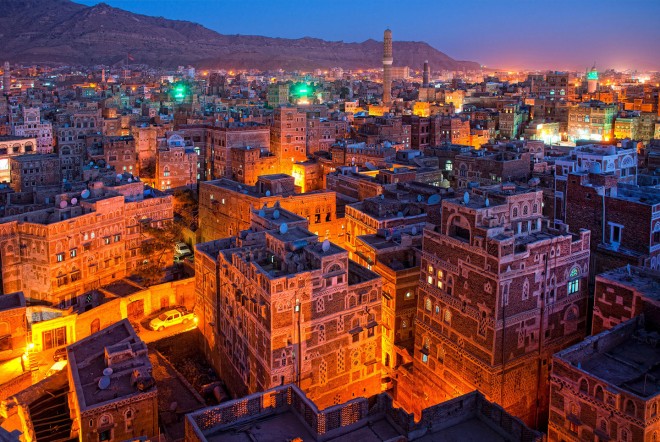
Some embassies are warning visitors to defer “nonessential travel” to my stable hometown of Amman, advising people to avoid “western” shopping malls and areas of peaceful demonstrations, precautionary guidance that we swallow with a grain of salt. There are wide opportunities for stellar and safe exploration of the Middle East, but the long-term effects of civil unrest threatens tourism in general, and the environmental programs that depend on touristic income for support.
These important images remind us of the breathtakingly beautiful countries, rich with history, that may one day soon be reopened for exploration. That will be a happy day for Yemen, long ago described in Latin as the Happy Arabia.
Images from Mashable, taken by – in order of appearance – boats by Michael Runkel/Robert Harding World Imagery/Corbis; Haraz mountains by Arne Hodalic/Corbis; Sana’a clothes-seller by Michael Runkel/Robert Harding World Imagery/Corbis; shopkeeper in Old Town by Michael Runkel/Robert Harding World Imagery/Corbis;Village in the Haraz Mountains by Arne Hodalic/Corbis; mosque by Arne Hodalic/Corbis; and Sana’a at night by Arne Hodalic/Corbis

